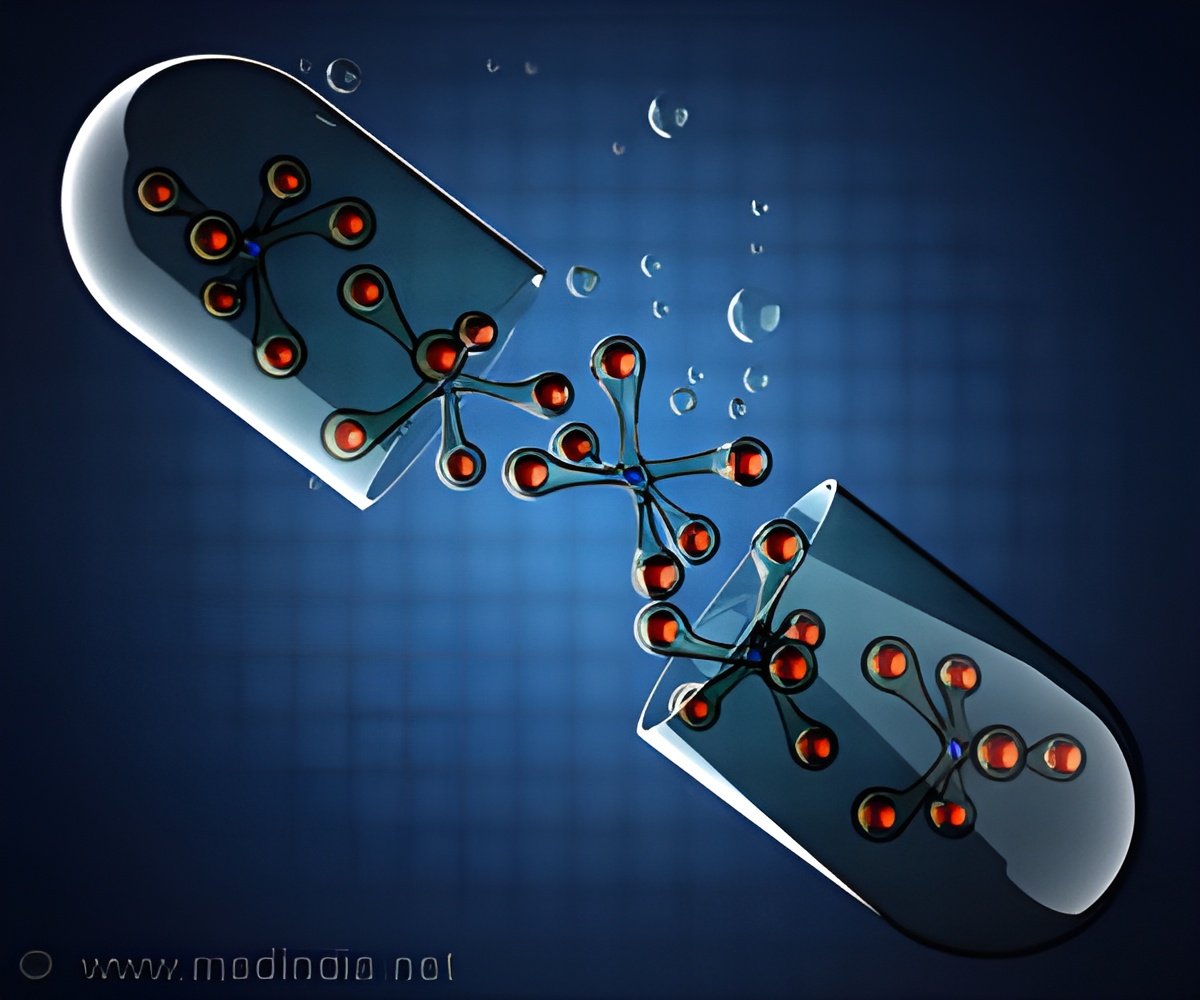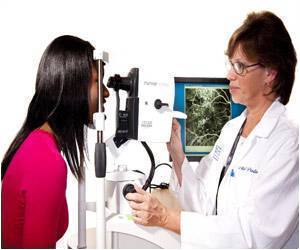Most ophthalmic diseases are usually treated with topically administered drug formulations (e.g. eye drops).

‘A dramatic increase of in the number of patented nanosized ophthalmic drug delivery systems have been witnessed.’





This requires frequent instillation, which usually leads to a high systemic exposure. In this regard, providing an optimal bioavailability in the eye tissues, resulting in the desired therapeutic effect represents a major challenge. The purpose of this review is to indicate how nano- and microcarriers of drug substances can solve the problems with the drug delivery in the ocular tissues, to indicate the possible hazards and side effects, depending on the polymer nature and route of administration, and to visualize the future potential of these carriers in the pharmaceutical practice.
Nanocarriers may (i) improve solubility (of nanosuspensions, and microemulsions); (ii) improve permeability and; (iii) provide a better prevention from metabolism and elimination (through polymer conjugation, and mucoadhesive polymers),; (iv) enhance drug stability; and (v) improve pharmacokinetics of the drug used. However, each one of these types of nanoformulations is characterized by some drawbacks. The additional combination of two drug delivery systems, i.e., nanoparticles in an in-situ gel or in contact lens, may increase the positives and decrease the disadvantages of these drug delivery systems.
The assessment of potential health hazards for the use of nanoparticles as ophthalmic drug delivery systems is based on the properties or the toxicity of the bulk material, the characteristics and properties of the nanoparticles obtained and the route of their administration. The study, regarding the safety and cytotoxicity of nanoparticles, should be specific and thorough in the context of the patho-anatomical and pathophysiological characteristics of the eye as a target organ.
Over the last years, we have witnessed a dramatic increase of in the number of patented nanosized ophthalmic drug delivery systems. The undeniable advantages that these systems provide, as in terms of improved precorneal residence time and ocular penetration, a sustained drug release, a reduced administration frequency and a higher patient compliance, give us grounds to believe that in the next few years some of these patented system will find their place on in the ophthalmic drug market.
Advertisement













